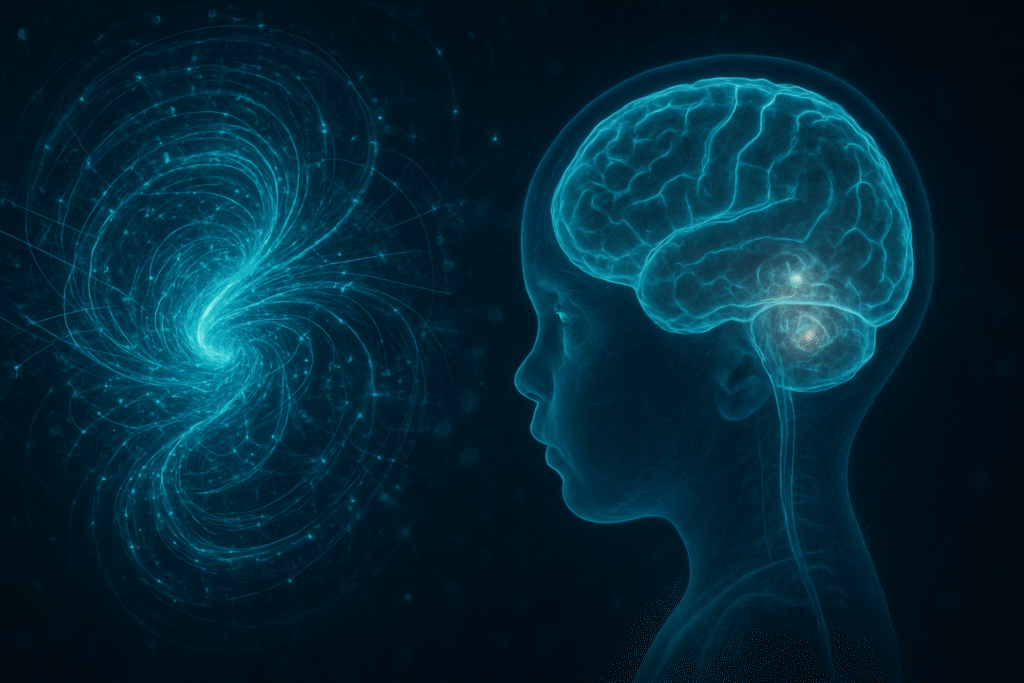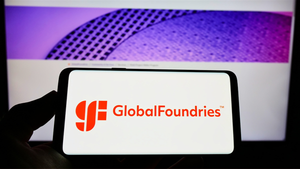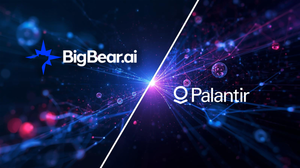
Australian researchers have unveiled a groundbreaking artificial intelligence (AI) tool, unofficially dubbed the "AI epilepsy detective," capable of identifying subtle, often-missed brain malformations in children suffering from epilepsy. This significant development, spearheaded by the Murdoch Children's Research Institute (MCRI) and The Royal Children's Hospital (RCH) in Melbourne, promises to dramatically enhance diagnostic accuracy and open doors to life-changing surgical interventions for pediatric patients with drug-resistant epilepsy. The immediate significance lies in its potential to transform how focal cortical dysplasias (FCDs)—tiny, elusive lesions that are a common cause of severe seizures—are detected, leading to earlier and more effective treatment pathways.
The tool’s ability to reliably spot these previously hidden malformations marks a critical leap forward in medical diagnosis. For children whose seizures remain uncontrolled despite medication, identifying the underlying cause is paramount. This AI breakthrough offers a new hope, enabling faster, more precise diagnoses that can guide neurosurgeons toward curative interventions, ultimately improving long-term developmental outcomes and quality of life for countless young patients.
A Technical Deep Dive into AI-Powered Precision
The "AI epilepsy detective" represents a sophisticated application of deep learning, specifically designed to overcome the inherent challenges in identifying focal cortical dysplasias (FCDs). These malformations, which arise during fetal development, are often no larger than a blueberry and can be hidden deep within brain folds, making them exceptionally difficult to detect via conventional human examination of medical imaging. Previous diagnoses were missed in up to 80% of cases when relying solely on human interpretation of MRI scans.
The AI tool was rigorously trained using a comprehensive dataset comprising both magnetic resonance imaging (MRI) and FDG-positron emission tomography (PET) scans of children's brains. This multimodal approach is a key differentiator. In trials, the AI demonstrated remarkable accuracy, detecting lesions in 94% of cases when analyzing both MRI and PET scans in one test group, and 91% in another. This high success rate significantly surpasses previous approaches, such such as similar AI research from King's College London (KCL) that identified 64% of missed lesions using only MRI data. By integrating multiple imaging modalities, the Australian tool achieves a superior level of precision, acting as a "detective" that quickly assembles diagnostic "puzzle pieces" for radiologists and epilepsy doctors. Initial reactions from the AI research community have been overwhelmingly positive, with experts describing the work as "really exciting" and the results as "really impressive" as a proof of concept, despite acknowledging the practical considerations of PET scan availability and cost.
Reshaping the Landscape for AI Innovators and Healthcare Giants
This breakthrough in pediatric epilepsy diagnosis is poised to send ripples across the AI industry, creating new opportunities and competitive shifts for companies ranging from agile startups to established tech giants. Specialized medical AI companies, particularly those focused on neurology and neuro-diagnostics, stand to benefit immensely. Firms like Neurolens, which specializes in AI-powered neuro-diagnostics, or Viz.ai (NASDAQ: VIZAI), known for its AI-powered care coordination platform, could adapt or expand their offerings to integrate similar lesion detection capabilities. Startups such as EPILOG, focused on diagnostic imaging for refractory epilepsy, or BrainWavesAI, developing AI systems for seizure prediction, could see increased investment and market traction as the demand for precise neurological AI tools grows.
Tech giants with substantial AI research and development capabilities, such such as Alphabet (NASDAQ: GOOGL) (with its DeepMind division) and NVIDIA (NASDAQ: NVDA), a leader in AI computing hardware, are also well-positioned. Their extensive resources in computer vision, machine learning, and data analytics could be leveraged to further develop and scale such diagnostic tools, potentially leading to new product lines or strategic partnerships with healthcare providers. The competitive landscape will intensify, favoring companies that can rapidly translate research into clinically viable, scalable, and explainable AI solutions. This development could disrupt traditional diagnostic methods, shifting the paradigm from reactive to proactive care, and emphasizing multimodal data analysis expertise as a critical market differentiator. Companies capable of offering comprehensive, AI-driven platforms that integrate various medical devices and patient data will gain a significant strategic advantage in this evolving market.
Broader Implications and Ethical Considerations in the AI Era
This Australian AI breakthrough fits squarely into the broader AI landscape's trend towards deep learning dominance and personalized medicine, particularly within healthcare. It exemplifies the power of AI as "augmented intelligence," assisting human experts rather than replacing them, by detecting subtle patterns in complex neuroimaging data that are often missed by the human eye. This mirrors deep learning's success in other medical imaging fields, such as cancer detection from mammograms or X-rays. The impact on healthcare is profound, promising enhanced diagnostic accuracy (AI systems have shown over 93% accuracy in diagnosis), earlier intervention, improved treatment planning, and potentially reduced workload for highly specialized clinicians.
However, like all AI applications in healthcare, this development also brings significant concerns. Ethical considerations around patient safety are paramount, especially for vulnerable pediatric populations. Data privacy and security, given the sensitive nature of medical imaging and patient records, are critical challenges. The "black box" problem, where the complex nature of deep learning makes it difficult to understand how the AI arrives at its conclusions, can hinder clinician trust and transparency. There are also concerns about algorithmic bias, where models trained on limited or unrepresentative data might perform poorly or inequitably across diverse patient groups. Regulatory frameworks are still evolving to keep pace with adaptive AI systems, and issues of accountability in the event of an AI-related diagnostic error remain complex. This milestone, while a triumph of deep learning, stands in contrast to earlier computer-aided diagnosis (CAD) systems of the 1960s-1990s, which were rule-based and prone to high false-positive rates, showcasing the exponential growth in AI's capabilities over decades.
The Horizon: Future Developments and Expert Predictions
The future of AI in pediatric epilepsy treatment is bright, with expected near-term and long-term developments promising even more refined diagnostics and personalized care. In the near term, we can anticipate continued improvements in AI's ability to interpret neuroimaging and automate EEG analysis, further reducing diagnostic time and improving accuracy. The integration of AI with wearable and sensor-based monitoring devices will become more prevalent, enabling real-time seizure detection and prediction, particularly for nocturnal events. Experts like Dr. Daniel Goldenholz, a neurologist and AI expert, predict that while AI has been "iffy" in the past, it's now in a "level two" phase of proving useful, with a future "level three" where AI will be "required" for certain aspects of care.
Looking further ahead, AI is poised to revolutionize personalized medicine for epilepsy. By integrating diverse datasets—including EEG, MRI, electronic health records, and even genetic information—AI will be able to classify seizure types, predict individual responses to medications, and optimize patient care pathways with unprecedented precision. Advanced multimodal AI systems will combine various sensing modalities for a more comprehensive understanding of a child's condition. Challenges remain, particularly in ensuring high-quality, diverse training data, navigating data privacy and ethical concerns (like algorithmic bias and explainability), and seamlessly integrating these advanced tools into existing clinical workflows. However, experts predict that AI will primarily serve as a powerful "second opinion" for clinicians, accelerating diagnosis, custom-designing treatments, and deepening our understanding of epilepsy, all while demanding a strong focus on ethical AI development.
A New Era of Hope for Children with Epilepsy
The development of the "AI epilepsy detective" by Australian researchers marks a pivotal moment in the application of artificial intelligence to pediatric healthcare. Its ability to accurately identify previously hidden brain malformations is a testament to the transformative power of AI in medical diagnosis. This breakthrough not only promises earlier and more precise diagnoses but also opens the door to curative surgical options for children whose lives have been severely impacted by drug-resistant epilepsy. The immediate significance lies in improving patient outcomes, reducing the long-term developmental impact of uncontrolled seizures, and offering a new sense of hope to families.
As we move forward, the integration of such advanced AI tools into clinical practice will undoubtedly reshape the landscape for medical AI companies, foster innovation, and intensify the drive towards personalized medicine. While concerns surrounding data privacy, algorithmic bias, and ethical deployment must be diligently addressed, this achievement underscores AI's potential to augment human expertise and revolutionize patient care. The coming weeks and months will likely see continued research, funding efforts for broader implementation, and ongoing discussions around the regulatory and ethical frameworks necessary to ensure responsible and equitable access to these life-changing technologies. This development stands as a significant milestone in AI history, pushing the boundaries of what's possible in medical diagnostics and offering a brighter future for children battling epilepsy.
This content is intended for informational purposes only and represents analysis of current AI developments.
TokenRing AI delivers enterprise-grade solutions for multi-agent AI workflow orchestration, AI-powered development tools, and seamless remote collaboration platforms.
For more information, visit https://www.tokenring.ai/.






